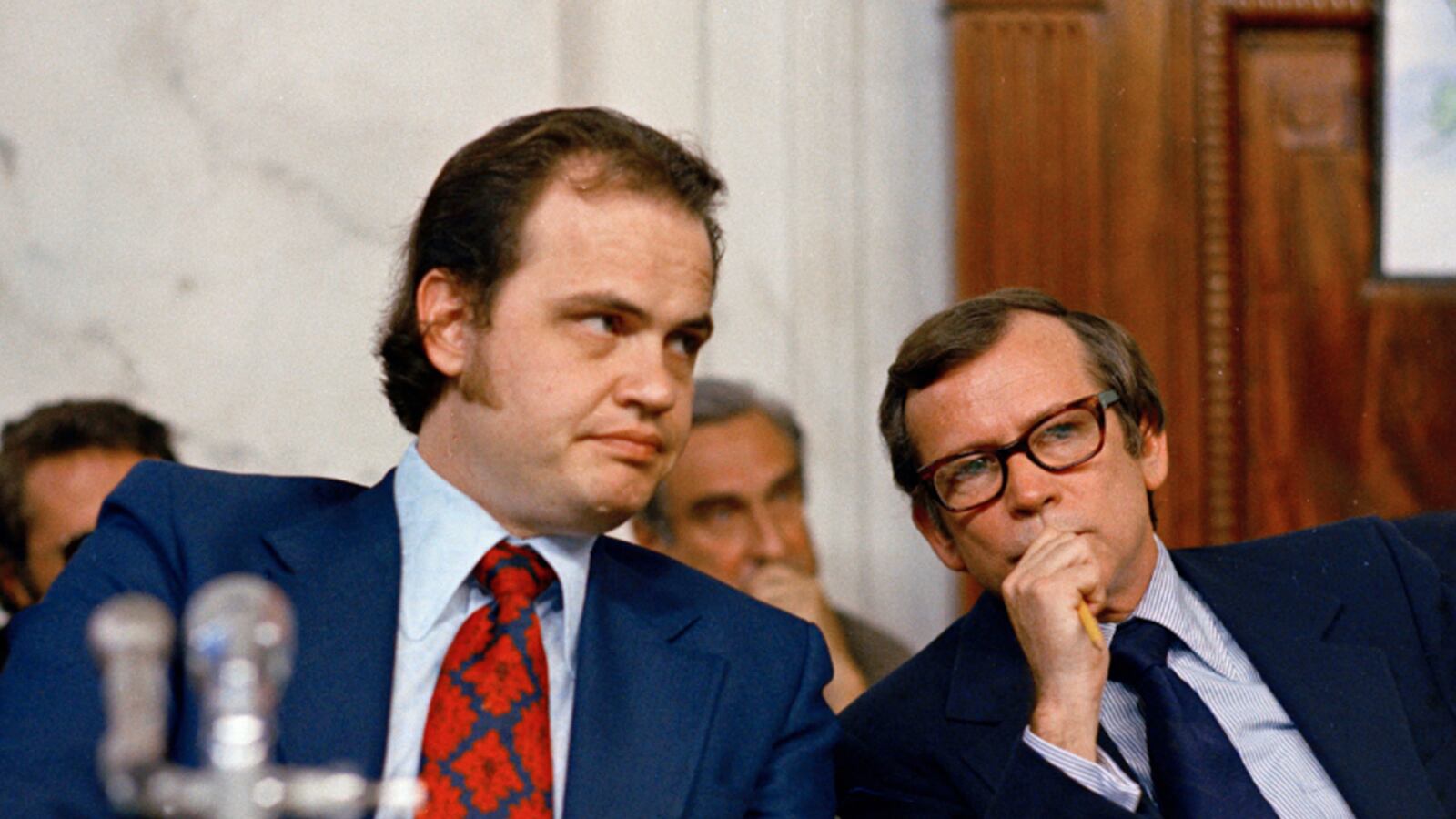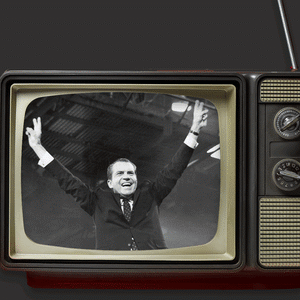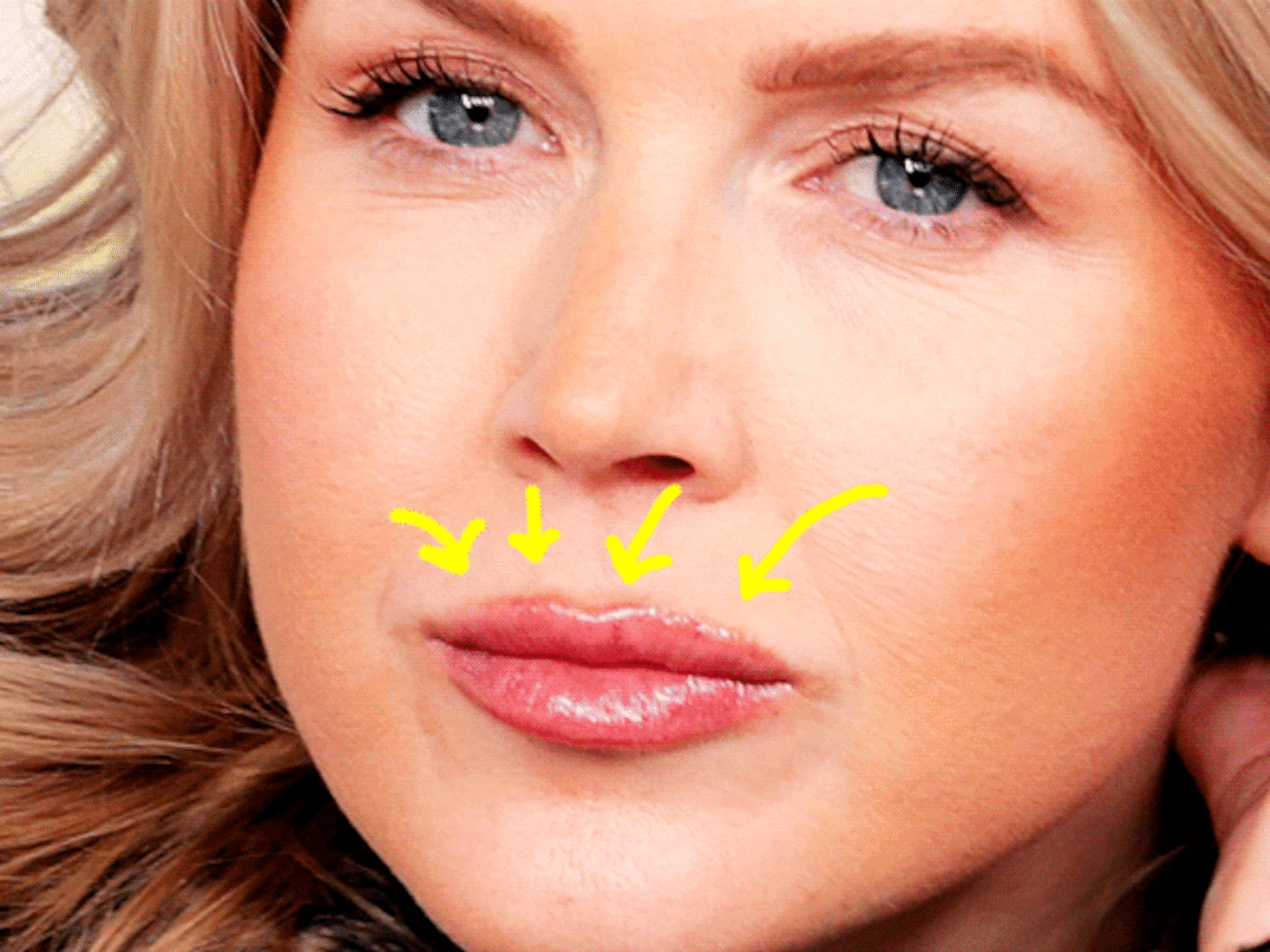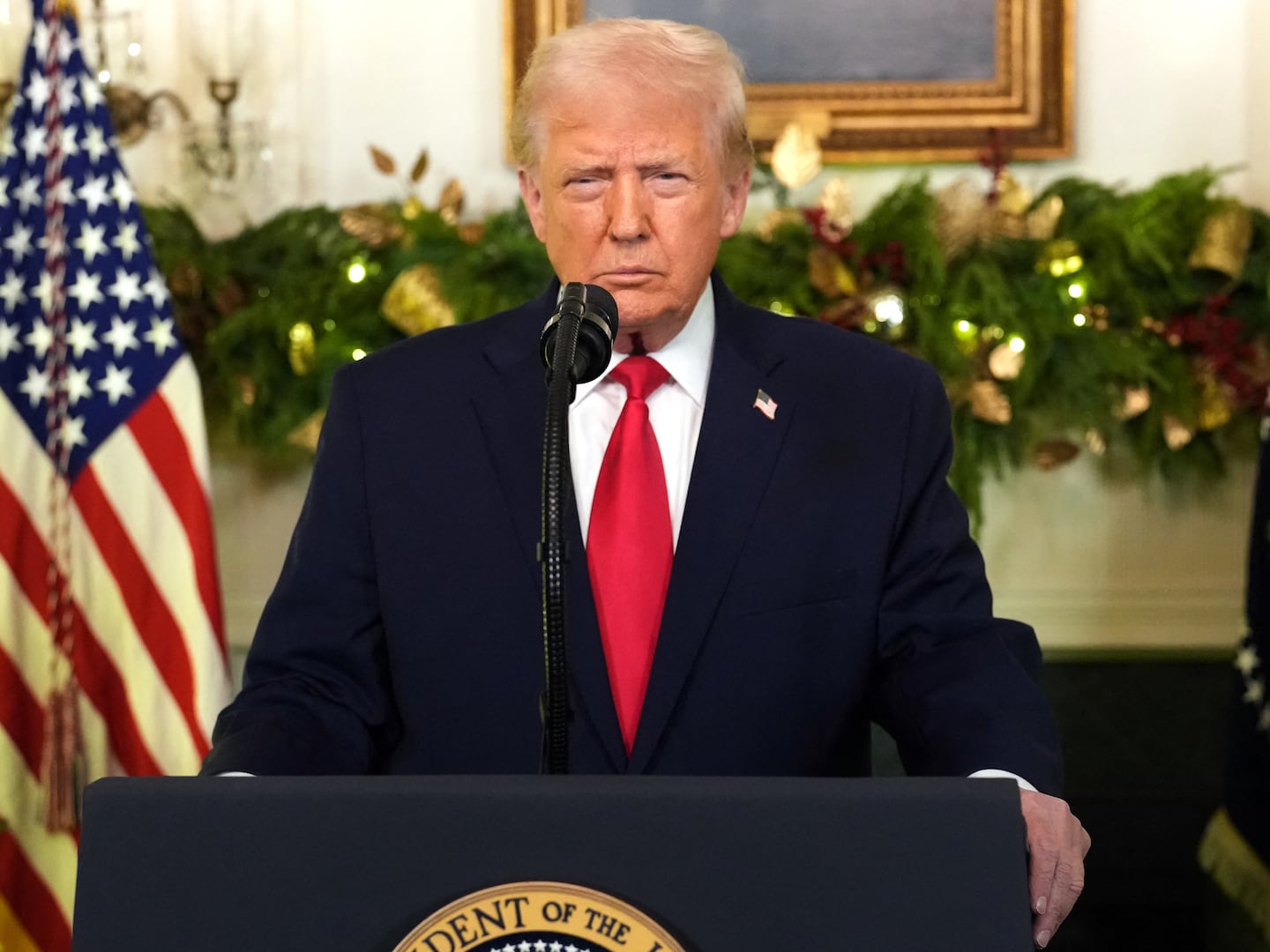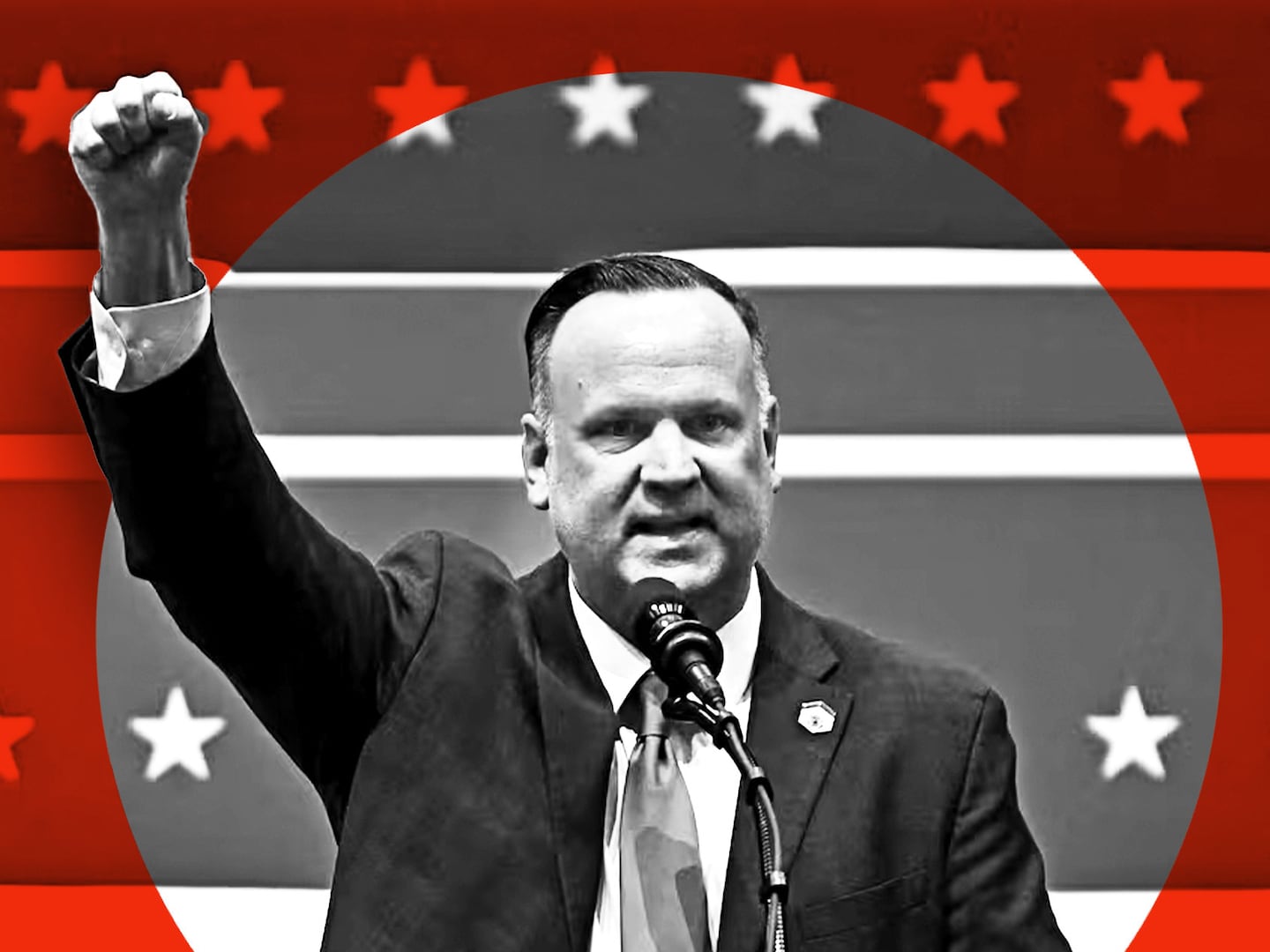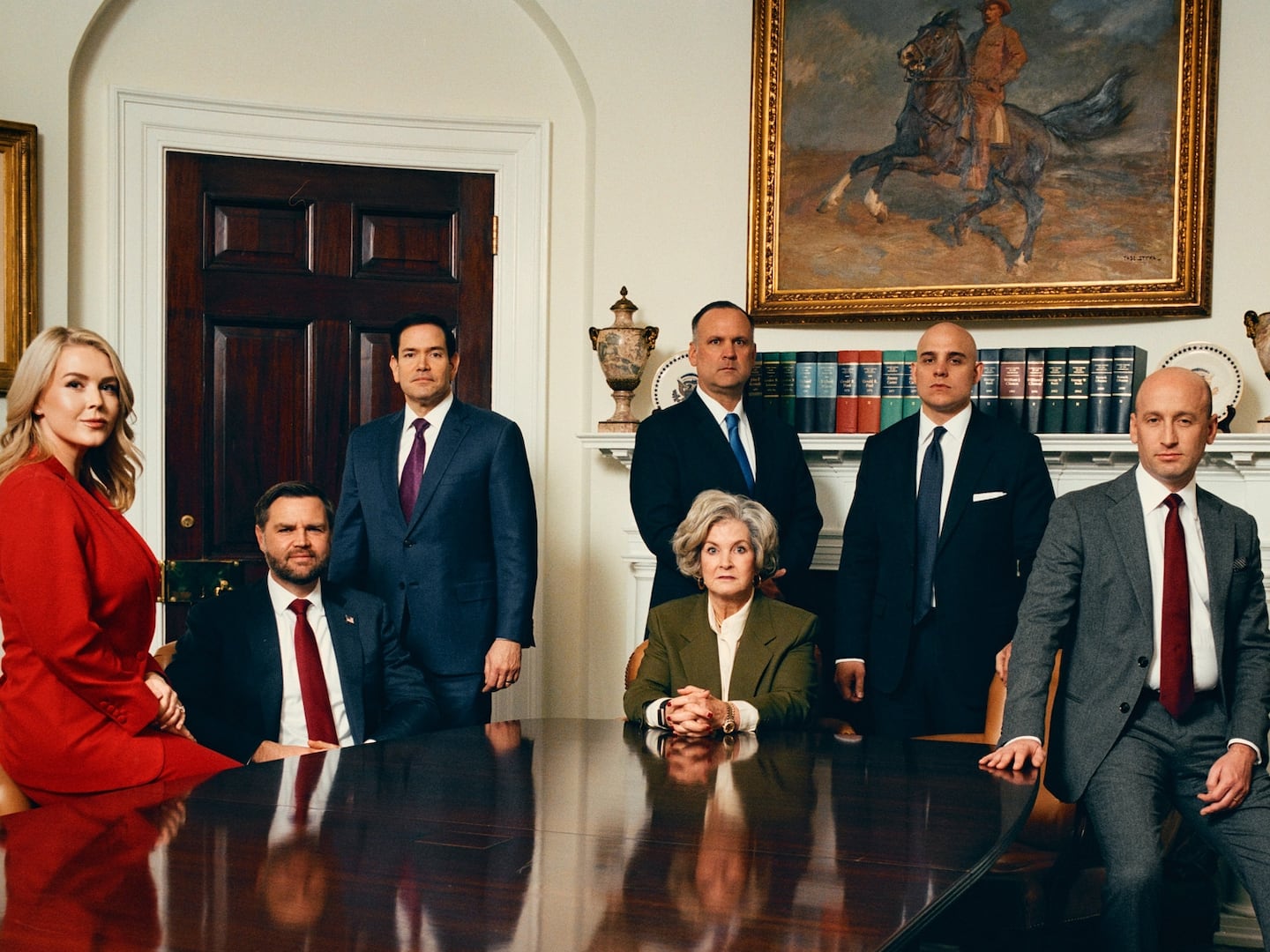It was a Friday evening in July and Fred Thompson was at the old Carroll Arms Hotel, a popular watering hole for staffers on the Senate Watergate Committee. He wasn’t there long when his deputy, Donald Sanders, a former FBI agent, arrived saying they needed to talk privately. The two men walked outside, and on the street corner, Sanders told Thompson he had just been in an interview with then-Federal Aviation Administration head Alexander Butterfield. He had asked Butterfield, a former Deputy Assistant to President Nixon, if there was a recording system in the White House.
Butterfield’s affirmative answer marked a turning point in the Watergate investigation. How did Sanders know to ask the question that triggered the end of the Nixon presidency?
In an interview with the Daily Beast, Thompson, then chief counsel to the Republican minority on the Watergate committee, says his deputy counsel’s question was prompted by something Chuck Colson, Nixon’s dirty trickster, had said in an earlier interview about the president walking into the corner of his office and saying something in an inaudible manner. “Sanders put two and two together, asked if there was any taping equipment in the oval office, and Butterfield immediately gave him an accurate answer.”
Thompson relayed the bombshell to Sen. Howard Baker, the ranking Republican on the committee, and at a meeting Monday before the day’s Watergate hearing would begin, Thompson learned he had been chosen to ask Butterfield the question to elicit the answer that would make history. “It was a magnanimous gesture on (chief counsel of the Senate Watergate committee) Sam Dash’s part because it was my guy who had provoked it.”
Thompson had been an assistant U.S. attorney and had tried a lot of cases, and he viewed this as a lawyer-like job. “I worked out a couple questions,” he said, and it was “pretty close to right off the bat” that he hit pay dirt with this query: "Mr. Butterfield, were you aware of the existence of any listening devices in the Oval Office of the President?"
“As a lawyer up to that point, it had been a typical trial-like situation,” says Thompson. “On the one hand, you had John Dean; on the other, Haldeman and Ehrlichman. It would go to a jury — the American people in this case — who do you believe? Then in the middle of your trial someone comes in and says the key dispute is caught on tape. Even in our video world today, that never happens.”
Thompson says it took him a while to process just how huge a development this was. “When I saw how Nixon was willing to absorb all the criticism and clamor to withhold the tapes as long as he did, I got to thinking there had to be a good reason. Was it a set up? Or maybe there’s something in there that would resolve things in Nixon’s favor … but he’s reluctant because of executive privilege. All that stuff goes through your mind.
“The Republicans were out there shouting this is a witch hunt, that John Dean was just trying to build himself up for a deal with the prosecutor,” says Thompson. “It would have been easy to play into that, but Baker had a broader perspective and he was smart enough to protect himself.”
Thompson credits Baker, his friend and mentor, with working in tandem with Sen. Sam Ervin of North Carolina, the chairman of the committee. “It’s much easier to go after a president of the opposite party. Baker had to walk the tightrope. He did everything together with Ervin, they never criticized each other and we were unanimous on everything, including the vote to sue the president.”
The committee was small, just seven senators, four Democrats, three Republicans. In addition to Baker, staunch Nixon defender Florida Sen. Edward Gurney and liberal Connecticut Republican Lowell Weicker represented the huge divide within the GOP.
“Nothing is ever 100 percent pure in terms of a theory,” says Thompson. “If there hadn’t been a taping system in the White House, I don’t how this would have worked out. The leadership of this committee was willing to see it through, and give them (the investigators) enough rope to see it through.”
As the minority, Republicans had just a third of the total staff. “We would basically decide what we were going to cover of the majority staff interviews. There were so many going on simultaneously, we couldn’t cover all of them,” Thompson recalls. On that fateful Friday, July 13th, Sanders joined Democratic staff investigator Scott Armstrong in questioning Butterfield. Armstrong would later accuse Thompson of being “a mole for the White House,” alerting Nixon’s lawyer that the committee was about to go public with its information about the taping system.
In the spirit of what he considers fair play in a partisan investigation, Thompson told the Daily Beast that he called White House special assistant Pat Buchanan at home to give him a heads-up on which of his memos the committee wanted to question him about. The Democratic staff had not been forthcoming, and as Buchanan listened on the phone, a bottle of scotch nearby, Thompson read from a memo addressed to Haldeman and Ehrlichman, which said, “Congratulations on the break-in.”
It was of course a joke, “about the only fun thing that happened,” says Thompson. He says that “overly exuberant” Democratic staff tried to equate some of Buchanan’s strategy memos with the crimes of Watergate. He recalls one that said, “Take Muskie (Democratic presidential candidate) down to the kennel and turn the dogs on him, something like that,” says Thompson. “It was pugnacious, typical of the young Pat, and he explained he didn’t actually mean to sic dogs on Senator Muskie.”
“Some of the junior staffers tried to take Pat apart,” says Thompson. “They asked him how far would you be willing to go? He said, ‘Nothing illegal, immoral, or that some Democrat hadn’t done before’. Everybody had to laugh,” says Thompson, recalling the moment as a fitting footnote to the grim business of separating high crimes and misdemeanors from politics as usual.

